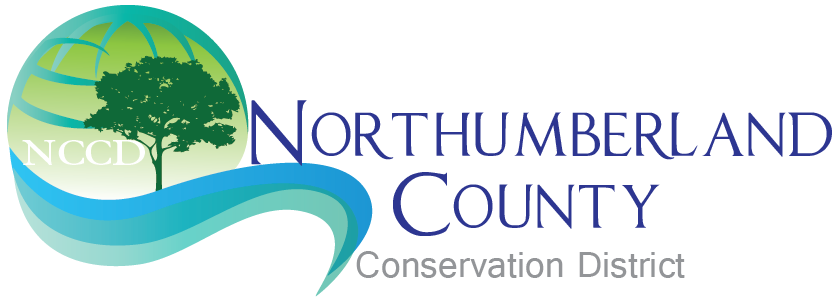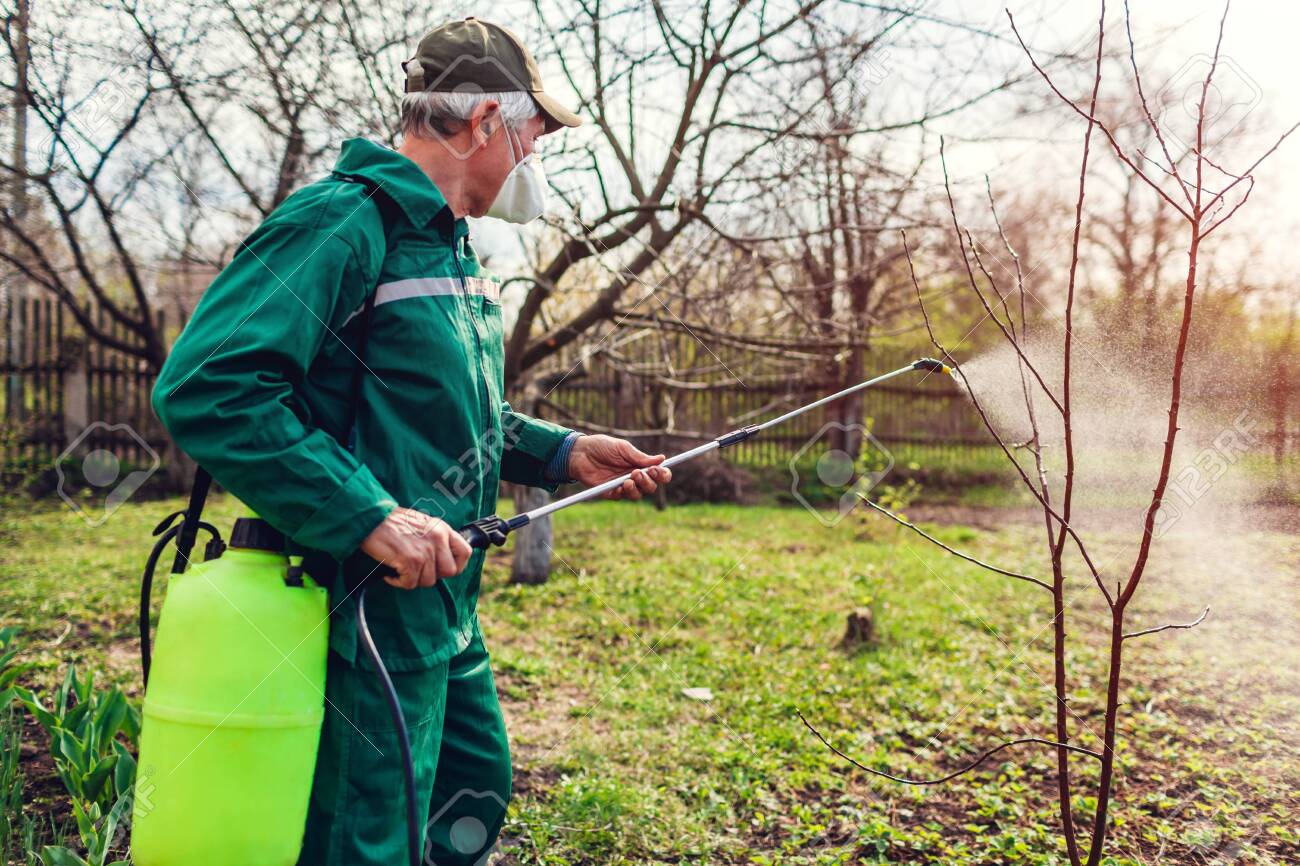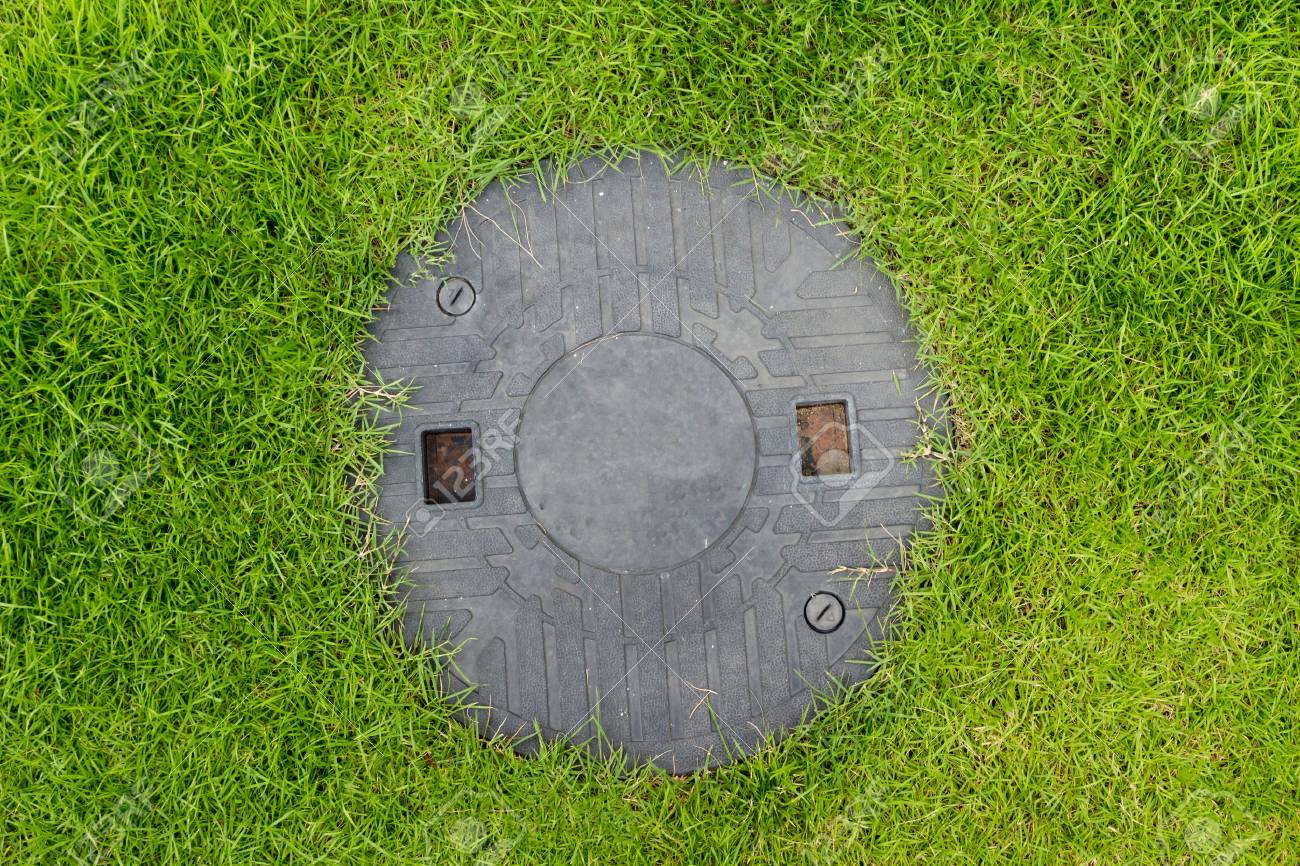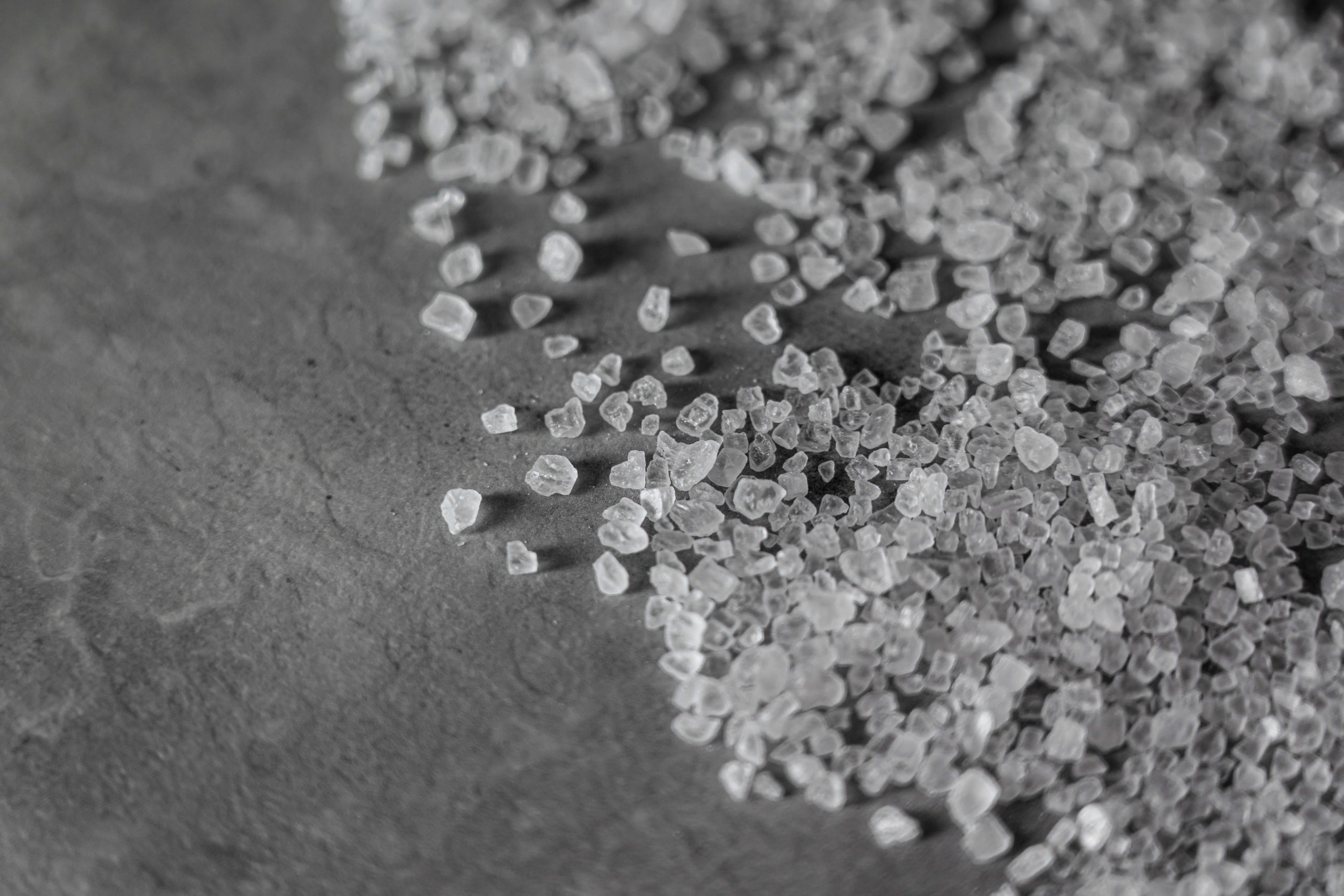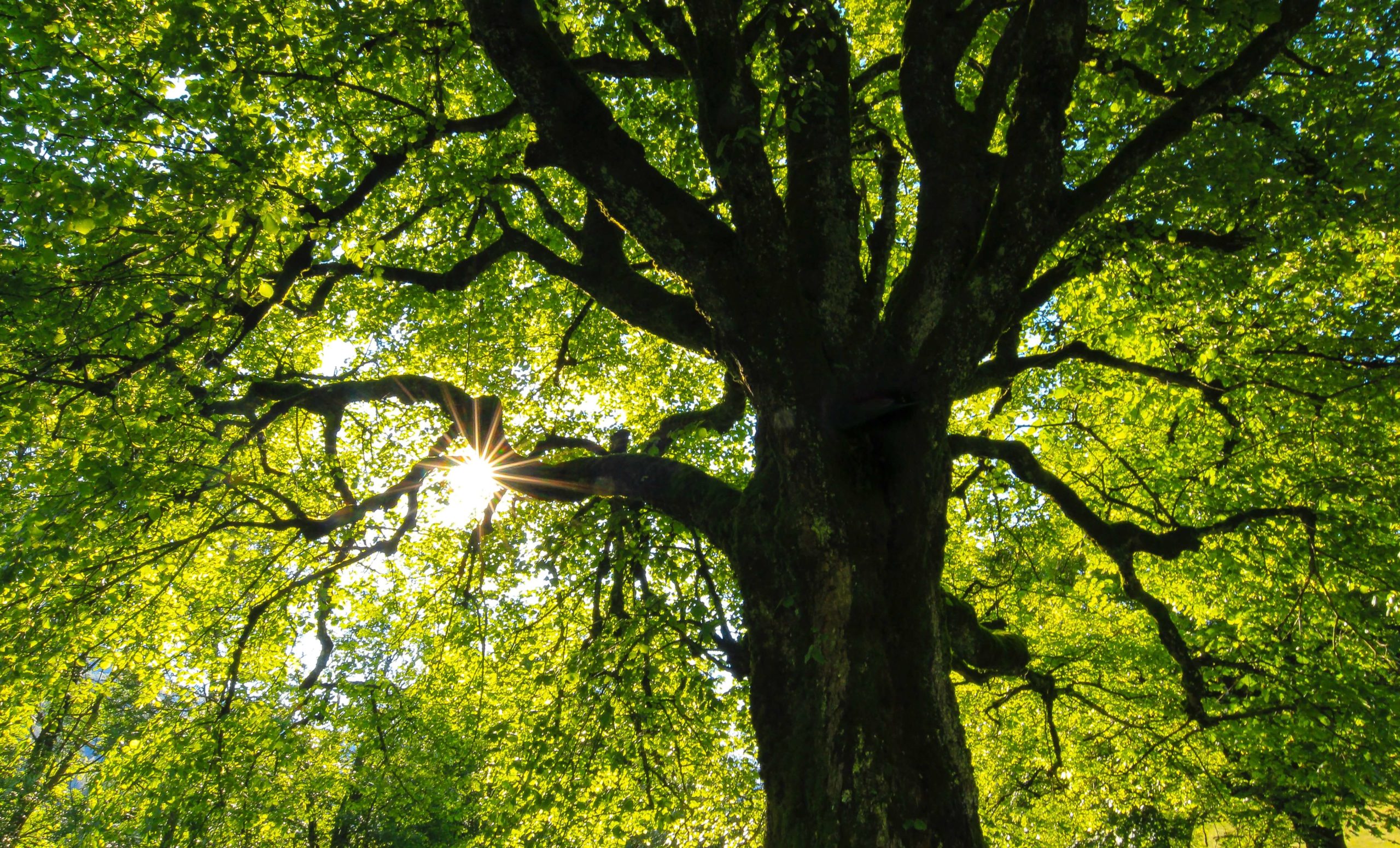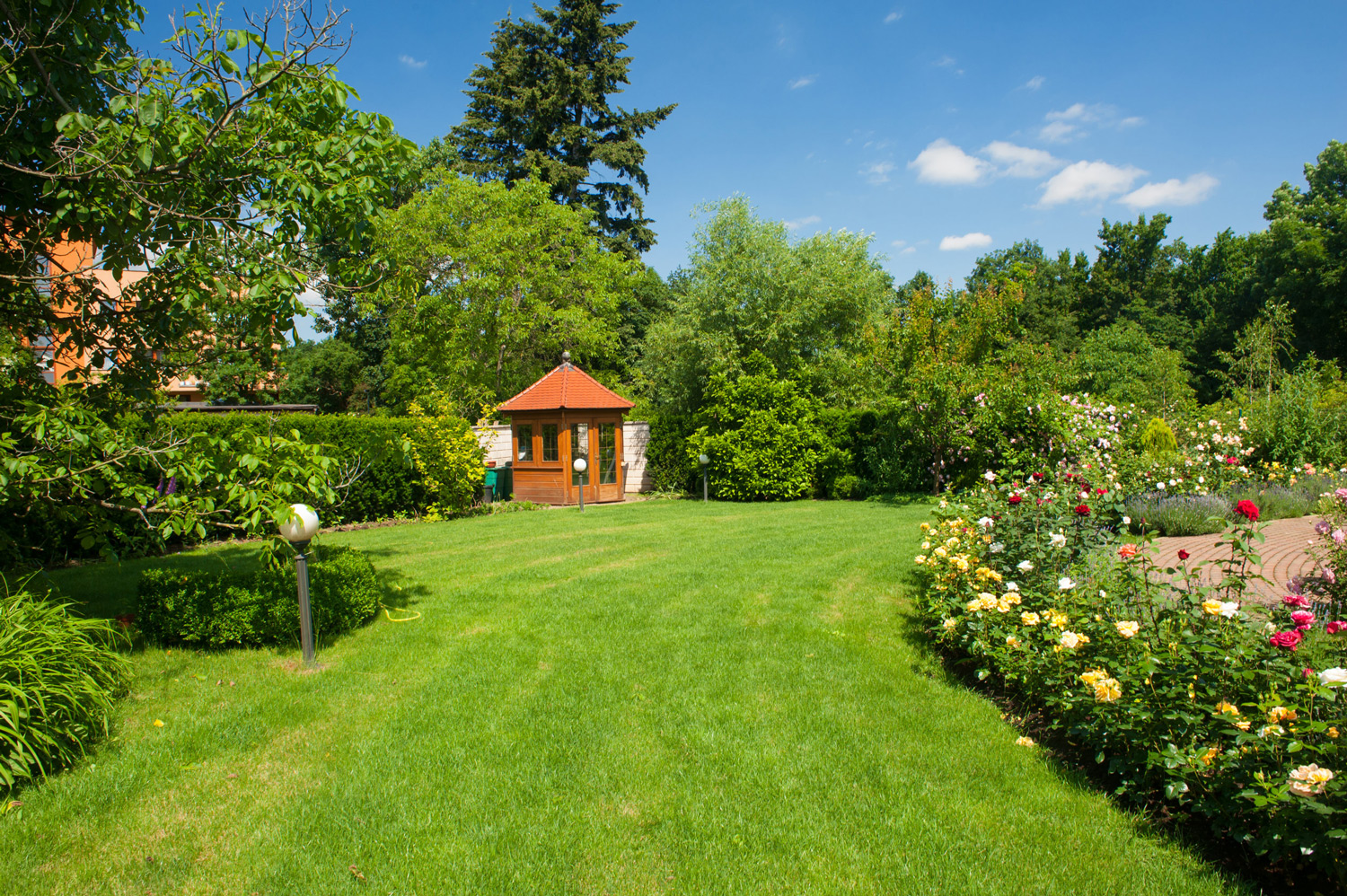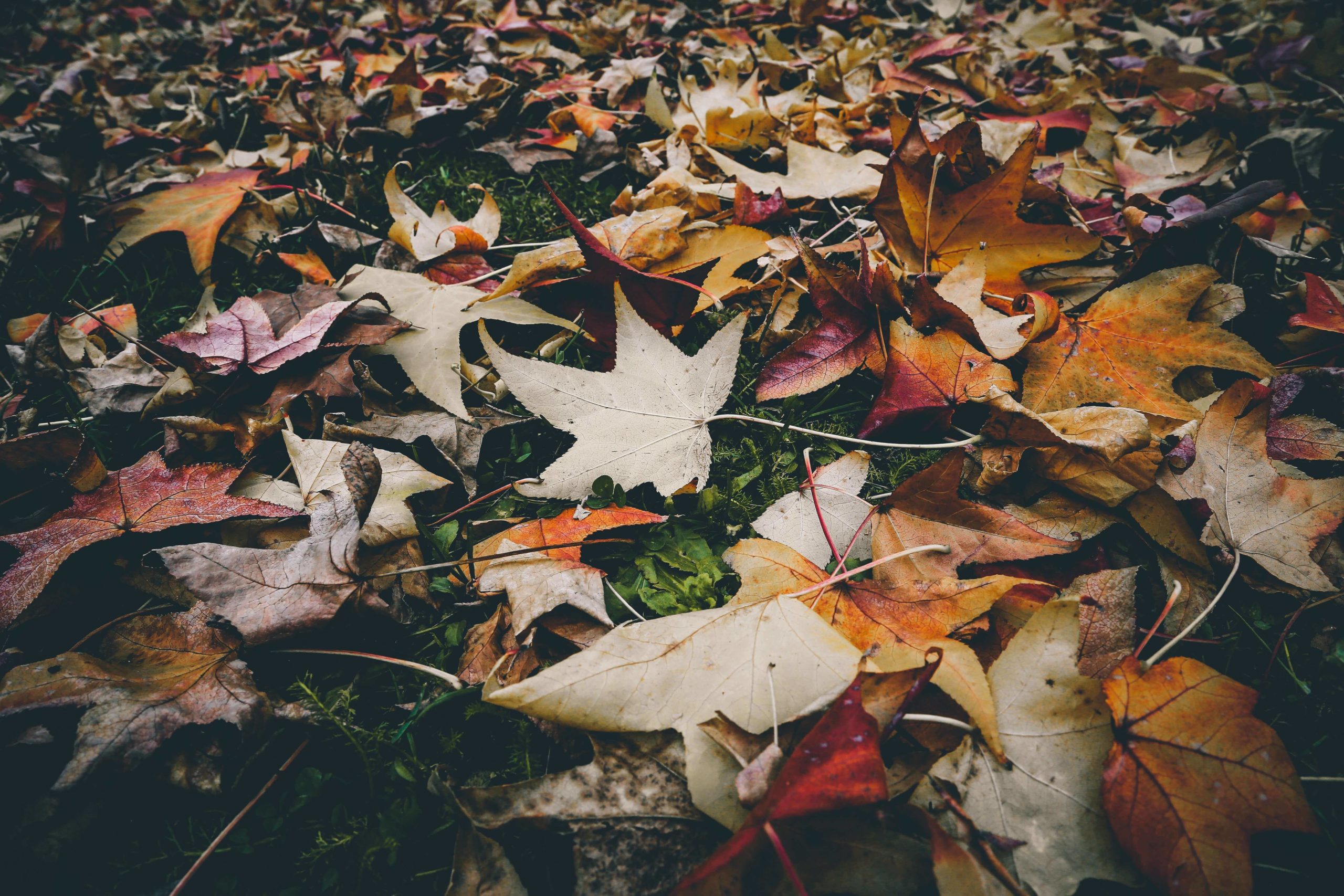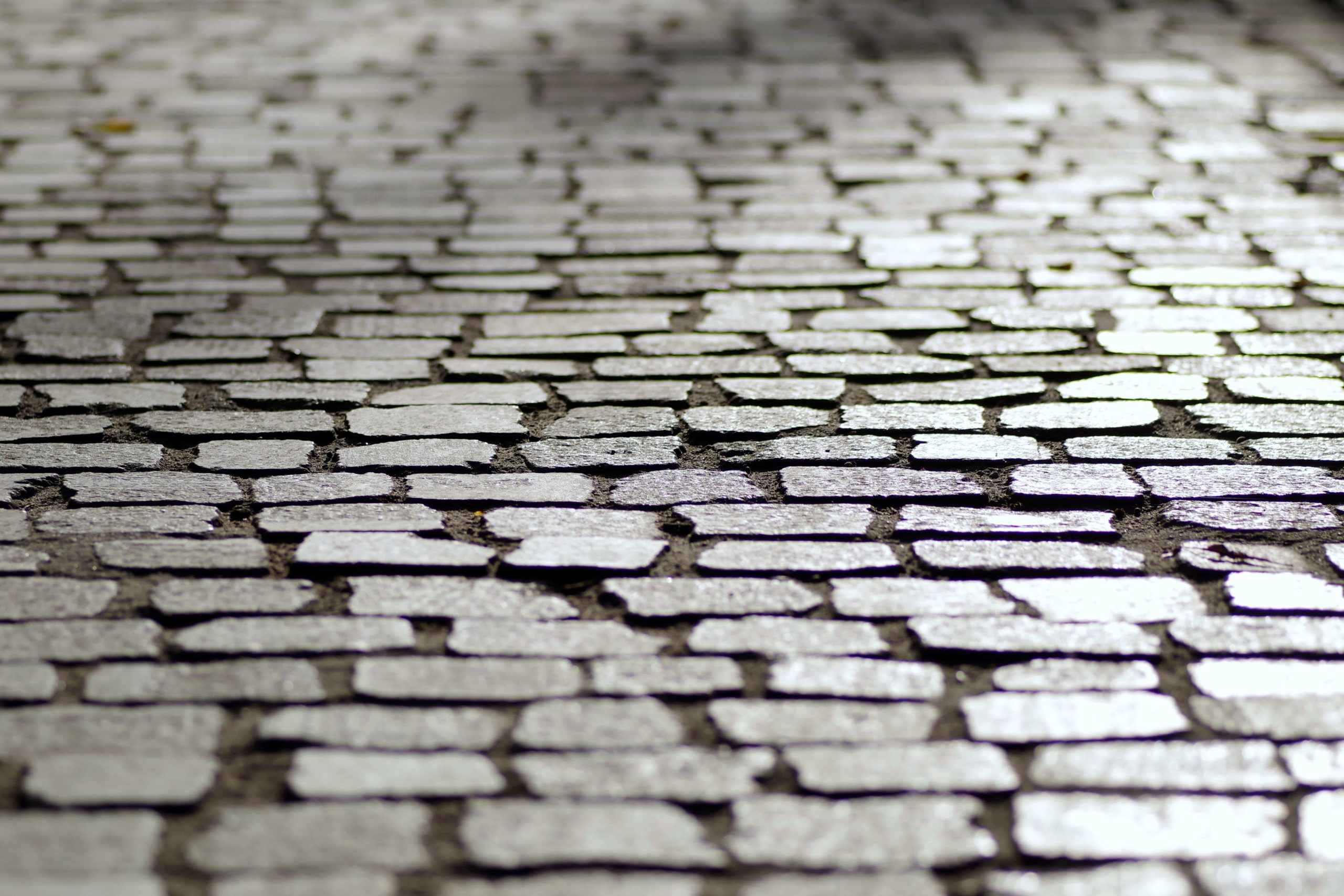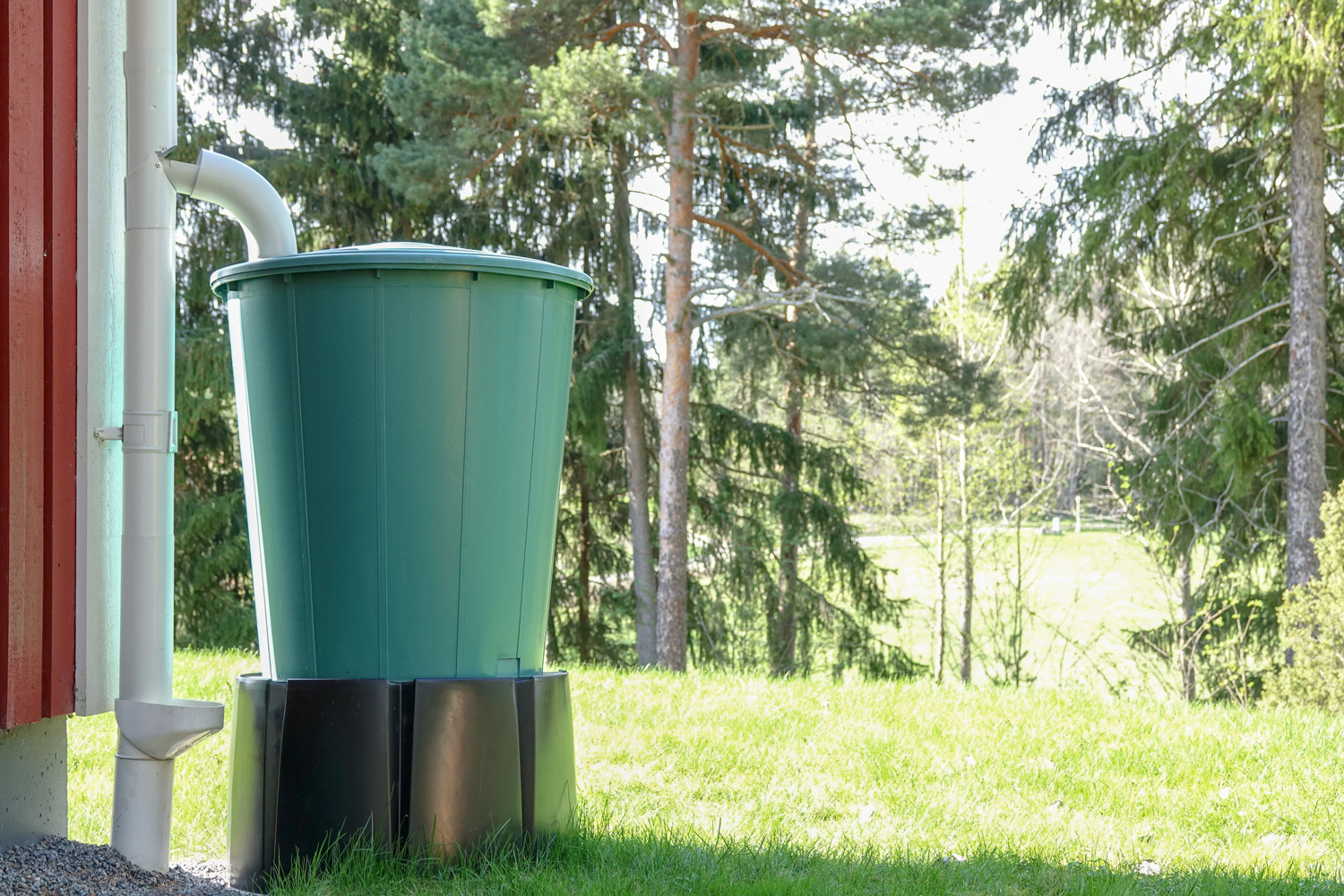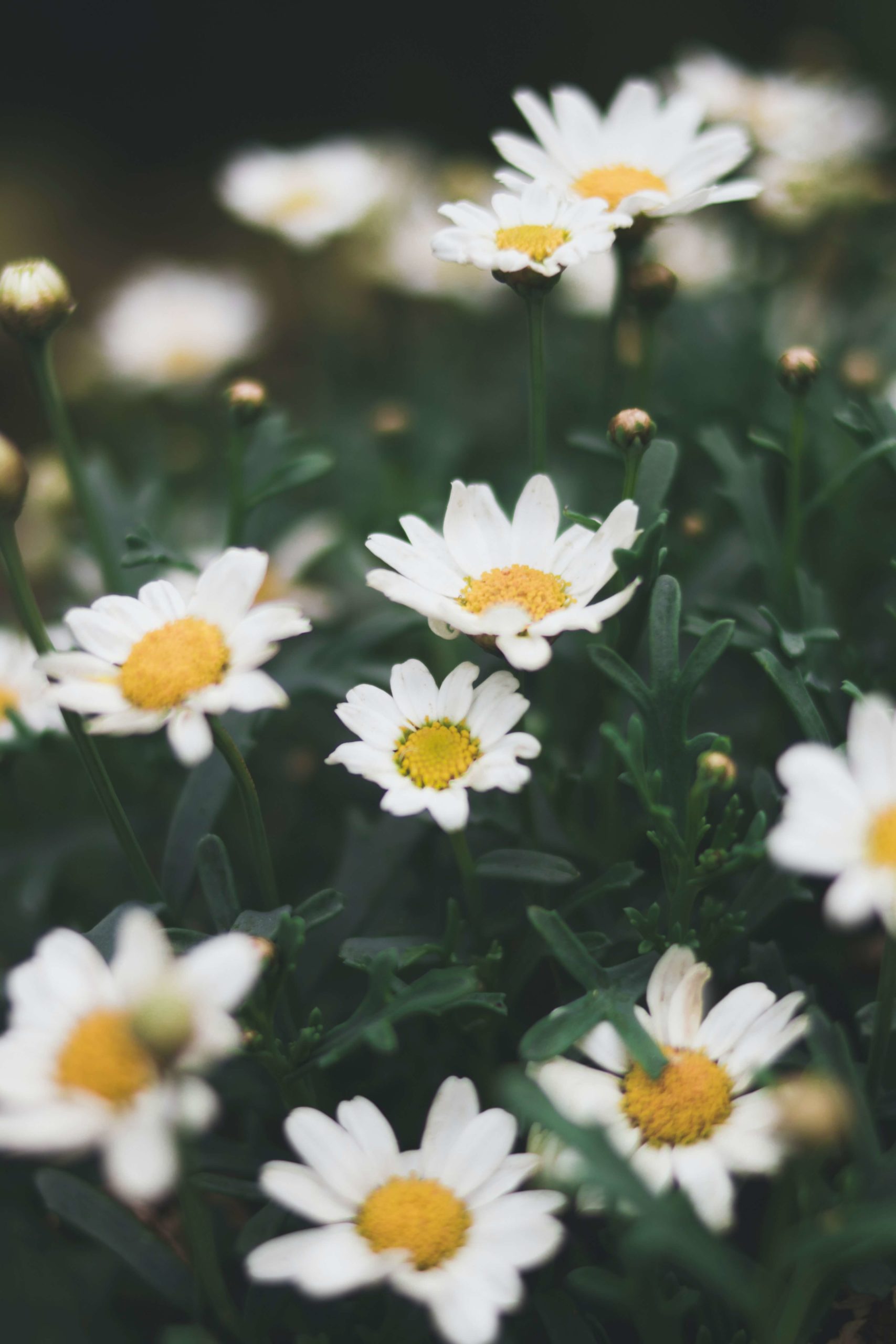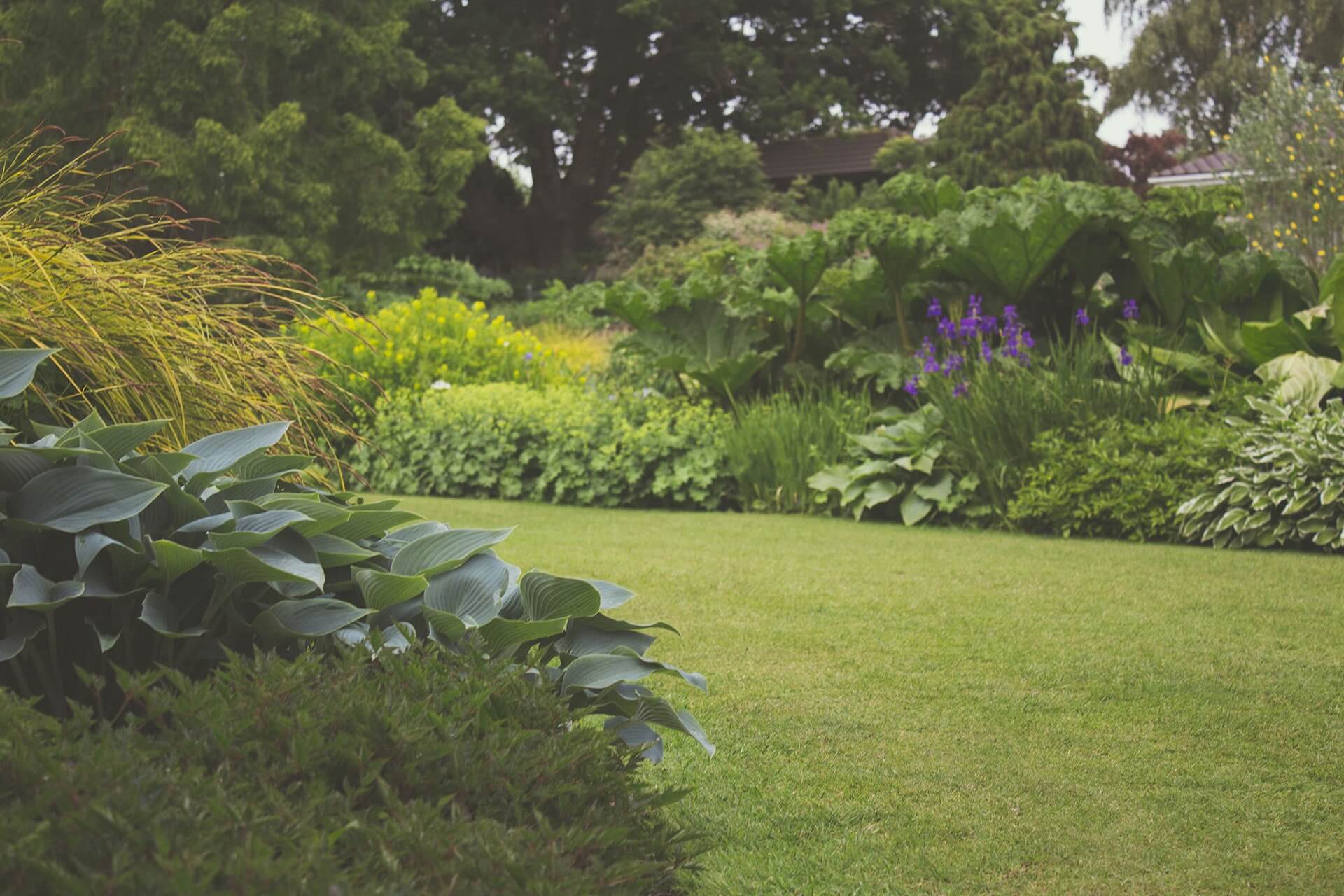Riparian Stream Buffers
Riparian buffers are useful to anyone owning property along a stream, river, lake, or wetland. Native plants (buffers) are used to create a habitat for wildlife, as well as to help slow and filter water running off property of sediment, pesticides, and nutrients, therefore improving the quality of local waterways and larger bodies of water, like the Chesapeake Bay, where these excess materials eventually end up (Alliance for the Chesapeake Bay).
A buffer is composed of three zones: streamside, middle, and outer. A streamside is the zone from the edge of the water to the top of the bank. The addition of trees and shrubs help to control bank erosion and create habitat. The middle zone contains trees and shrubs as well as wildflowers and grasses. This is useful for wildlife habitat and alternative products (nuts, fruits, etc.). The outer zone adjoins the rest of the yard and is best utilized when substantially planted with native grasses and wildflowers. This area must be maintained to aid maximum nutrient uptake and sediment filtering. Generally, the wider the whole buffer is, the more benefits there are for wildlife and health of local waterways (Alliance for the Chesapeake Bay).
To continue reading please download the PDF.
Questions?
Contact Nathan Brophy at our office today at 570-495-4665 x 305 or nbrophy@nccdpa.org. We look forward to hearing from you!
